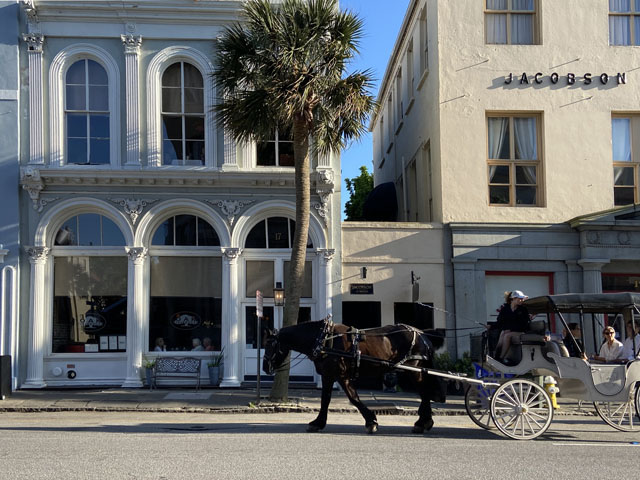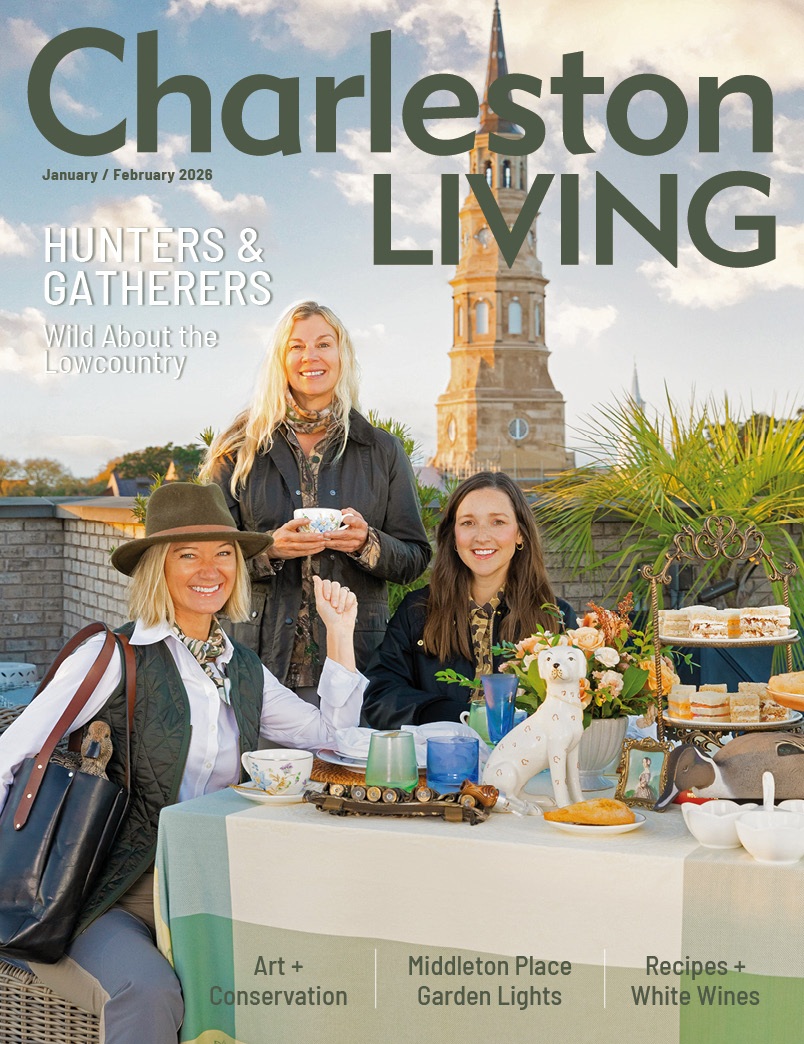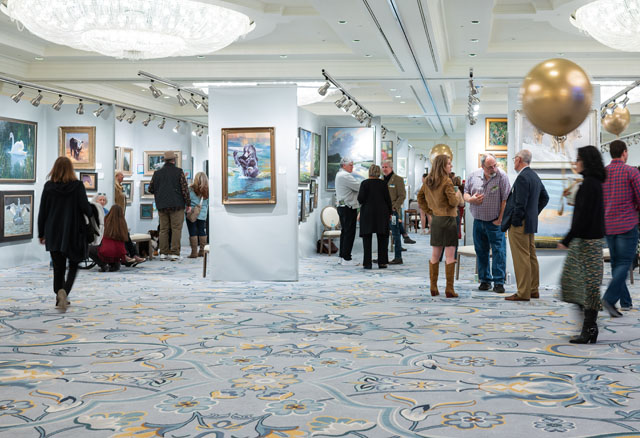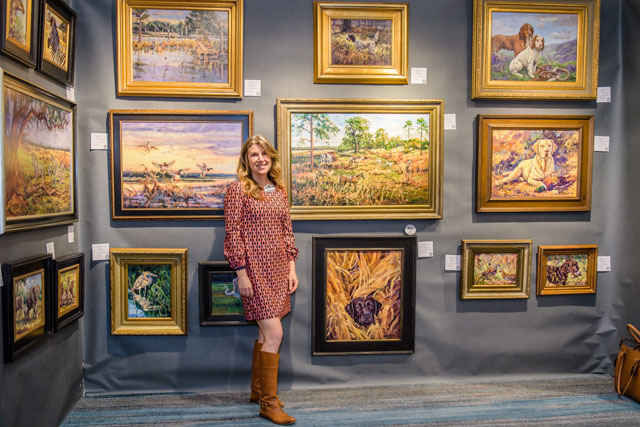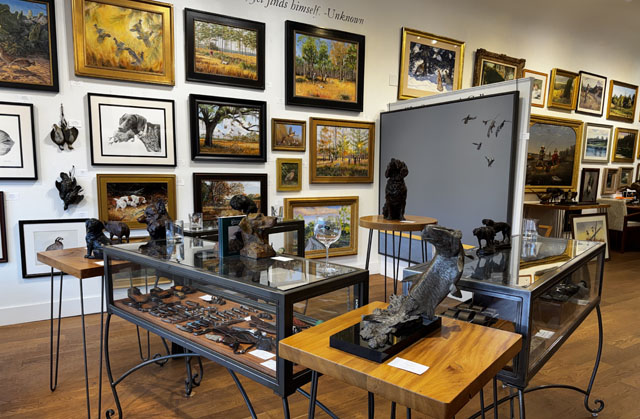‘Four Corners of Law’
23 May 2023
Charting Charleston’s most famous intersection
By Tim Lowry
Photo by Vanessa Kauffmann
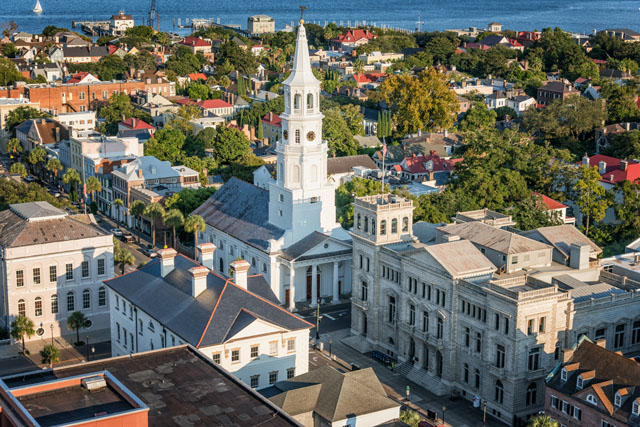
In the very heart of Charleston’s Old and Historic District, at the intersection of Broad and Meeting Streets, stands the fabled “Four Corners of Law.” The buildings that make up this famous landmark were first labeled as such by Robert Ripley in his popular 1930’s illustrated newspaper column “Ripley’s Believe It or Not.” It is said that each edifice represents a particular branch of law.
St. Michael’s Anglican Church lays claim to the highest authority as it represents God’s law. Across the street is the United States Post Office and Federal Courthouse representing federal law. Then there is the Charleston County Courthouse standing for state law. And finally, on the fourth corner, stands Charleston City Hall, the official seat of municipal law.
While waiting for the crosswalk signal, one can stand on the sidewalk and observe a horse-drawn carriage trotting through the intersection and hear the tour guide driver joke that this is the only place in America where a person can drop a quarter into the parking meter, step into the church and get married, cross the street and pick up mail address to Mr. & Mrs. So-And-So, cross the street again to file for divorce, and cross the street a final time to have your ex thrown in jail, then return to your car parked along the curb to find the majority of your time still left on the parking meter.
Sticklers for historic accuracy might discount the carriage driver’s joke as an exaggeration, but it is a quick traffic light, and tour guides don’t have a lot of time to provide more context as they hurry through the intersection. Just in case you are wondering, here’s some background for each building.
Bells will ring
The cornerstone being laid in 1751, St. Michael’s Anglican Church is the oldest church building on the historic peninsula. Charleston is known as the “Holy City” for its many church steeples and St. Michael’s is arguably the most iconic of all church bell towers. Soaring above the street at 186 feet, the white steeple is a prominent landmark for ships entering the Charleston harbor. So much so that during the Civil War, Union gunboats used the steeple as a marker when taking aim at the city and Confederates painted the steeple black so that it would not stand out so visibly against a clear blue sky. Unlike other churches, whose bells were removed and melted into cannon balls for the Confederate war effort, the bells from St. Michael’s tower were removed and shipped inland to Columbia. Surviving the war, but having suffered fire damage when Sherman’s troops burned the capital city, the bells were shipped to England for repairs before being reinstalled in the tower. The eight bells are sounded by change ringing, which means a group of ringers pull the bell ropes by hand according to precise mathematical variations.
Renaissance Revival architecture
The United States Post Office and Federal Courthouse stands on the site of a police guardhouse from a previous era. At the time of the British occupation, public executions were carried out on gallows erected on the site. The original building was destroyed in the Great Earthquake of 1886 and rebuilt in 1887 by the noted architect John Henry Devereux at a cost of nearly $1 million. Construction took most of a decade, but the building is a very fine example of Second Renaissance Revival architecture, a style that was chosen to convey the dignity of government and was often used for civic buildings during the late nineteenth century. The stone edifice is constructed of granite quarried from Winnsboro, SC. Highlights include a prominent cornice, balustrades, quoins (corner blocks), and belt courses that encircle the building at each level.
Declaration of Independence on a balcony
While it serves now as the Charleston County Courthouse, the original building, constructed in 1753, served as the South Carolina Statehouse and figured prominently in the history of our nation as the site of the first public presentation in South Carolina of the Declaration of Independence. Citizens gathered in the street to hear the document read from the second floor balcony. The original building burned during the Constitutional Ratification Convention of 1788, leaving only the foundation, walls and doorways. Anxious to retain their position in the new state government, Charlestonians quickly began reconstruction of the building in a Neoclassical style. Judge William Drayton, an amateur architect, supervised the construction, while James Hoban, architect of the White House, may have assisted in its design. By the time of its completion in 1792, Columbia was firmly established as the capital city, and the building became a center for legal activity, housing circuit, state and federal courts as well as the sheriff's offices. Badly damaged by Hurricane Hugo in 1989, the building underwent a full restoration to its late 18th-century appearance and continues to house court and county government functions.
Beef, Bank & Bureaucracy
In the early days of Charleston’s history, a beef market was located across from the County Courthouse. In the first decade of the nineteenth century, a building designed by Charleston native Gabriel Manigault was erected on the site to serve as a branch of the First Bank of the United States. This building was converted to City Hall in 1818. The Council Chamber, located on the second floor, is open to the public on select days and boasts a priceless collection of historic portraiture, including likenesses of Presidents Washington and Monroe commemorating their official visits to the city. Additional figures exhibited have a particular association with Charleston’s history beginning with the pre-Revolutionary Era and continuing through the War for Independence, Antebellum Period, Civil War, Reconstruction Era, and the Civil Rights Movement. The handsome room also features antique furnishings and rows of light bulbs that were installed as “new and modern” technology by the laboratory of none other than Mr. Thomas Edison. The Edison bulbs provided illumination for several decades without ever burning out.
Storyteller Tim Lowry is a Southern raconteur from Summerville. Learn more at www.storytellertimlowry.com.


